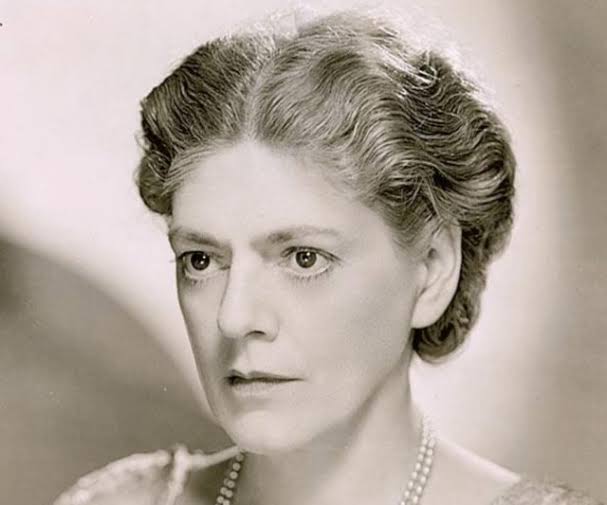What did happen?
Italy is known for its great architecture, beautiful landscapes, and paintings. Some group of thieves was aware of the great value of one particular painting made by Pieter Brueghel the Younger called “The Crucifixion”. The masterpiece was donated to the church in the 20th century.
Art thieves made an appearance in Santa Maria Maddalena church armed with a hammer and broke into the case where the painting was kept. Thieves drove away with a car assuming that they won the lottery by stealing a 17th-century painting worth $3,4 million. But they didn’t know that police were on to them.
As the media revealed, police uncovered the plot to steal the painting from the church. A month before the actual robbery, police exchanged a real painting with a fake. For operation purposes, they installed cameras to monitor painting.

Fake media information
Castelnuovo Magra’s mayor was informed about the upcoming robbery and that the police was one of the thieves. That’s why the town’s mayor stepped out in front of the press playing his part in the operation saying: “Is it a work of inestimable value, a hard blow for our community.” He played his role in front of the press to misguide the thieves.
Mayor also thanked church members, because they kept their silence once they noticed that the painting hanging on the wall of the church wasn’t real.
Master of copies
Artist Pieter Brueghel the Younger was the son of Flemish artist Pieter Bruegel the Elder. He is famous for making copies of his and his father’s paintings. “The Crucifixion” is a masterpiece that has several copies that still exist. One of them can be found in the Museum of Fine Arts in Budapest, Hungary.
All of the paintings are believed to be variations on an original by Bruegel the Elder. But there are no originals that have survived.














